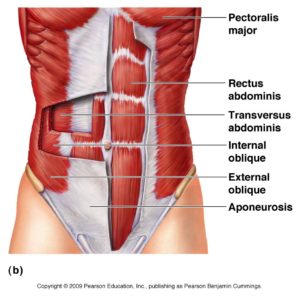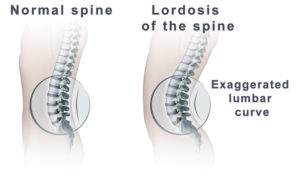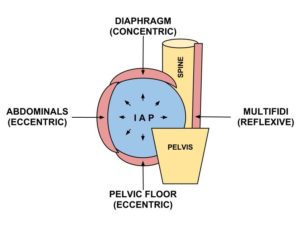Why do the doctors at Back to Function have me blow up balloons for some of my rehabilitation exercises?
Blowing up balloons facilitates the abdominal muscles. The abdominal muscles are flexors of the spine and trunk. By  facilitating (turning on) the spinal flexors with balloon blowing you are helping to inhibit (turn off) the spine extensors which are the paraspinals (the muscles around your spine). For many of us, these spinal extensors are too active and tight.
facilitating (turning on) the spinal flexors with balloon blowing you are helping to inhibit (turn off) the spine extensors which are the paraspinals (the muscles around your spine). For many of us, these spinal extensors are too active and tight.

A second benefit of balloon blowing is that it helps to oppose the diaphragm for efficient breathing. It does this by facilitating depression of the ribs and not allowing the lumbar spine to become excessively lordotic.
 A third benefit is that the resisted exhalation provided by filling balloon helps to increase intra- abdominal pressure (IAP) which is needed for core/spinal stability (think about how you brace your core muscles when attempting to lift something heavy).
A third benefit is that the resisted exhalation provided by filling balloon helps to increase intra- abdominal pressure (IAP) which is needed for core/spinal stability (think about how you brace your core muscles when attempting to lift something heavy).
A fourth benefit is that it slows down the exhalation phase of respiration which is helpful for decreasing shortness of breath and other conditions related to breathing dysfunction.
Example of Balloon Blowing Exercise:
Training tip: After exhaling air into the balloon, seal the mouth of the balloon by pressing your tongue up into the roof of your mouth. This will encourage the abdominal muscles to stay active during the pause at the end of the exhalation phase of the balloon blowing. Most 12-inch diameter balloons can handle 4-6 breaths before needing to be deflated.
Reference: Postural Restoration Institute Advanced Integration, December 3-6, 2015.




Hi, so isn’t the this BBE will help in core muscle strength and performance as well? If the elasticity or the resistance of the balloon change, will the core muscle strength and performance will be increase ?
Shu, yes you’re right, the resistance on the balloon increases with each breath and therefore the demands on the core will increase. Thanks for the comment!
Yes it will!